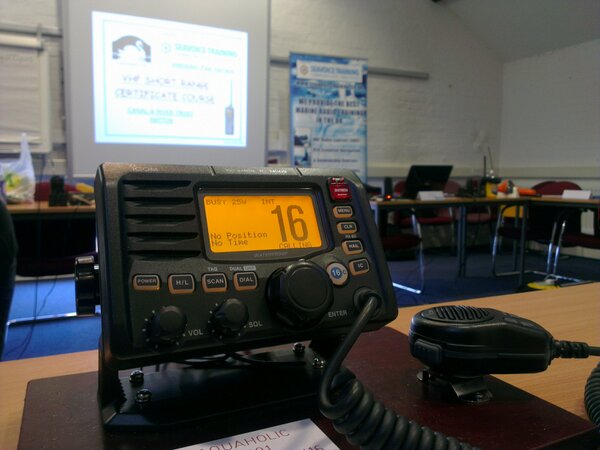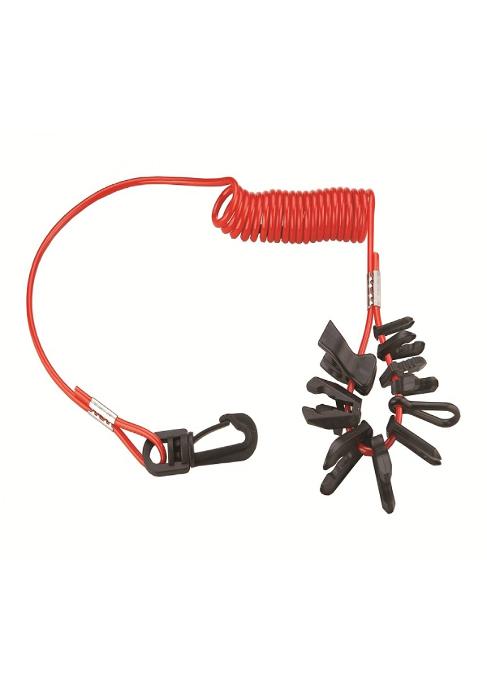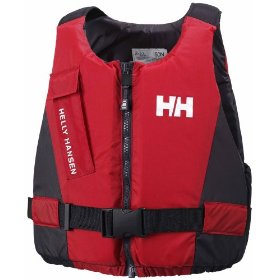VHF radio course

If you are going out on a boat you should have a VHF radio and to operate a VHF radio you need take your VHF/DSC radio course to get your licence. Seavoice Training run VHF courses and other courses.for more info or to book on a course go to the website: www.seavoice-training.co.uk
Please see Seavoice's advert

kill cords

A kill cord is worm around the leg on a boat steering console and around your arm on a outboard engine. If you fall out the boat or move away from the steering console or outboard engine the engine(s) will stop. If you dont wear your kill cord and fall out the boat will keep going and crash or worse you might be killed in the propeller. watch this short video below.
Another thing to keep in your Lifejacket is a Universal Kill Cord, this is mainly if your going out on anyone else's boat, these kill cords have the connection for most outboard and controls. If the skipper falls overboard at least you will have another kill cord to attach and can start the boat again.
Lifejackets
There are 2 types of lifejackets, a manual lifejacket and a automatic lifejacket, the automatic lifejacket is if you fall in the water it will inflate when it makes contact with the water and roll you no your back to keep your head out of the water so you can breath. This is also good if you are unconscious when you hit the water.
a manual lifejacket will only work when you pull the red toggle and are not so good if you are unconscious but are good if you need to go in the water for some reason.
When you buy a lifejacket it should tell you if it is an automatic or manual and will also have its newtons (See below). alifejacket is anything from 100 newtons.
to buy a Seavoice lifejacket like the one below please click the link: http://www.seavoice-training.co.uk/news_more.asp?news_id=56¤t_id=1

please watch this video to see how a lifejacket works and how to fit one.
Buoyancy aids
A buoyancy aid is worn in lakes for things like sailing, kayaking and canoeing, a buoyancy aid will not turn you on your back so must only be used in waters where people can see you and help can be with you very fast. A buoyancy aid is 50 newtons (See newtons below)
Below is a photo of a buoyancy aid

Newtons

50 Newtons – Buoyancy Aid (EN393) 5.5 kg Buoyancy
Designed to assist swimmers in the water and will provide support for a conscious person, widely used by dinghy sailors, sea kayakers and wind surfers. Buoyancy aids come in a wide array of colours and styles to suit thewater sports activitys.

100 Newtons – Lifejacket (EN395) 11kg Buoyancy
These lifejackets are designed for swimmer and non swimmers. Mainly used in sheltered inshore waters.they may however not self right an unconscious person.

150 Newtons – Lifejacket (EN396) 16kg Buoyancy
This is suitable for both swimmers and non swimmers in coastal waters and offshore in a moderate sea state. It’s a very popular lifejacket of choice in the UK. It comes with SOLAS (Safety of life at sea) reflective tape and a whistle to attract attention as standard.

275 Newtons - Lifejackets (EN399)
These life jackets are used over heavy foul weather clothing and give the highest buoyancy rating, they can be used in coastal or offshore waters. They’re also used by RNLI Inshore lifeboat crews to give both the crew and casualty in the water buoyancy. These lifejackets are made out of bright SOLAS material including reflective take and a whistle to attract attention.
When you buy a lifejacket or buoyancy aid it will tell you how strong it is by the little symbol on the person in the water.


Last minite preps
The night before going out check the Weather, Tides and Passage plan (make sure a contact on shore has a copy of your passage plan too)
The day you go out check the boat (Fuel, Supplies, Spares, First Aid Kit, Torch, Food and Drink, VHF Radio, Charts and Navigational equipment, Kill Cord (check it works), correctly fitted Lifejackets (wear them), Distress flares, Extra clothing, Knife, Crew briefing)
Tell the Coastguard via a transit report on the VHF radio (Where you leave from, where you are going to, how long you will be out for, the number Person's on board and you ETA to arrive at destination.) To see a transit report click Here
Remember: If you spot someone in trouble around the coast dial 999 and ask for the Coastguard